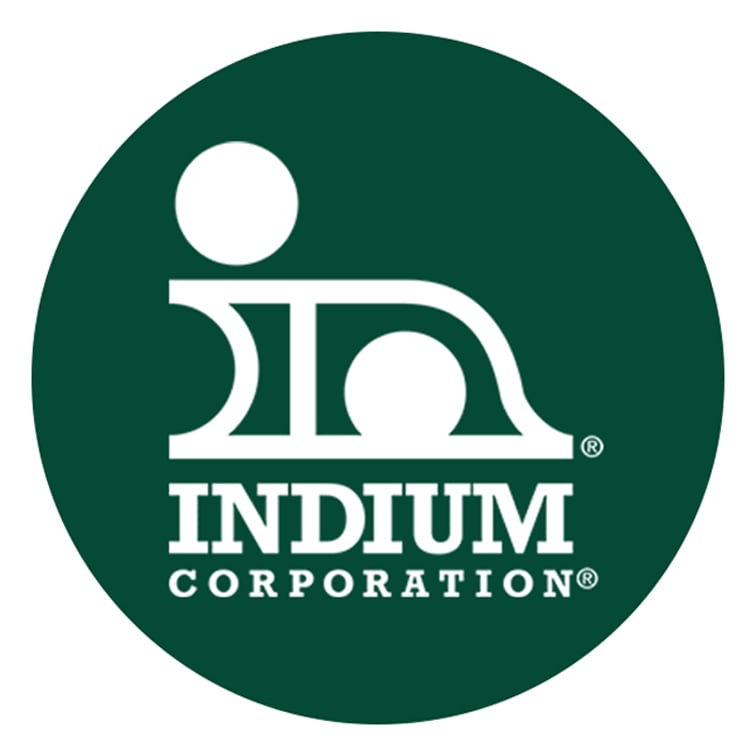An Interview with Professor Patty Coleman.
Dr. Ron: Professor Coleman, it has been quite a long time since we last chatted.
Professor Patty: I agree, too long! And please, Dr. Ron, call me Patty.
DR: As long as you call me Ron.
PP: That would be impossible! Everyone knows you as “Dr. Ron.”
DR: (Chuckles) OK, you win.
DR: Patty, in statistics you teach how to perform hypothesis tests on one sample and on two samples. But, what if we are faced with finding, say the best solder paste, when we have 3 or more samples ?
PP: It is strange that you should ask that--I just added it to my lectures in the stats class I teach at Ivy U. When faced with this challenge, you have to use analysis of variance (ANOVA). Let’s consider an example where you have three solder pastes and you are measuring transfer efficiency (TE). (See Figure 1.) Typically, the goal would be at TE of 100%.

Figure 1. Transfer Efficiiency (TE) for Three Solder Pastes
DR: So it is quite obvious, from Figure 1, that vendor A has a lower TE than vendors B and C, but is the difference statistically significant?
PP: This is where ANOVA helps. With Minitab, we can statistically compare the samples using ANOVA. The results are in Figure 2.

Figure 2. Minitab Output of TE Data Comparisons for Three Solder pastes
DR: It looks like the difference between the TE of vendor B and C is not significant, as seen in the lower graph in Figure 2. Am I reading it correctly?
PP: Yes! And the two upper graphs comparing vendors A and B and A and C show that these differences are significant.
DR: So, we might drop vendor A from our evaluation and focus on B and C for further testing?
PP: Precisely.
DR: Is the Tuckey technique used to make the comparisons?
PP: Yes, it is! Wow! I’m impressed that you know that!
DR: Well I have been a “student” of yours for some time now.
They both chuckle.
Cheers,
Dr. Ron
If you would like the details of how to perform this type of ANOVA analysis, send me an email at rlasky@indium.com.


